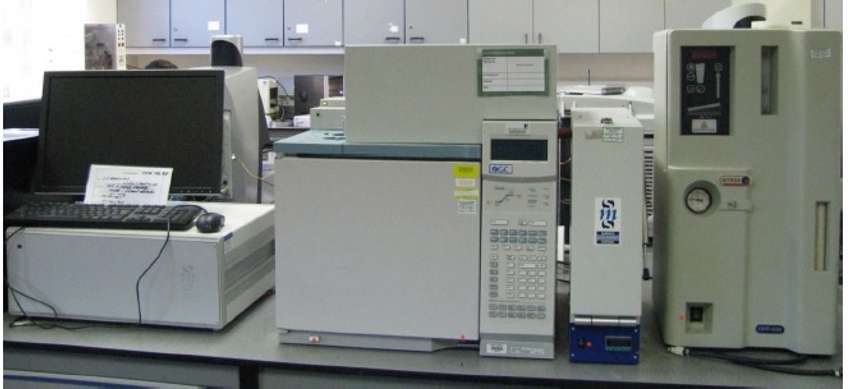Inverse Gas Chromatography System 2
Inverse Gas Chromatography System 2

Description
Inverse Gas Chromatography (IGC) is a technique which is used to study the nature of the surface of powders and small crystals. This is done to measure the surface energetic of the powder surface which helps understand how active the surface might be. It achieves this by literally “inverting” the configuration of conventional gas chromatography and uses the powder of interest as the stationary phase. The material to be analysed is packed into narrow glass columns (usually 3 or 4mm id. and 30 cm long), where the glass has been pre-silanised (to deactivate the surface of the glass). An analysis is conducted by separate injections of known organic liquids. These are known as “probes” and the important thermodynamic properties of these chemicals are already known. Thus known materials are used to evaluate the unknown surface of the powder or crystals. Typically a homologous series of n-alkanes (usually heptane to decane) are used to establish the “dispersive component” of surface energy, and different polar probes (such as ethanol, ethyl acetate, chloroform) are used to explore the acidic or basic nature of the surface. The analysis is conducted under conditions of controlled temperature and humidity. The equipment comprises a conventional gas chromatograph (Agilent Gas Chromatograph) that has been modified by the SMS Co. Ltd to hold a carousel of probe liquids; a mass flow controller and a column oven. Control and calculation software are provided by the SMS Company.
Details
| Manufacturer | SURFACE MEASUREMENT SYSTEMS |
|---|---|
| Model No. | |
| Serial No. | |
| Location | Research Laboratory [1-086-0044-00GR-24] |
| Identifier | 10089315 |
| Organisation: | Inst for Particle Science & Engineering [50020540] |
| Owner |
|
| Contact |
|
| Category / Taxonomy | Materials Characterisation > Chemical Analysis > Chromatography |